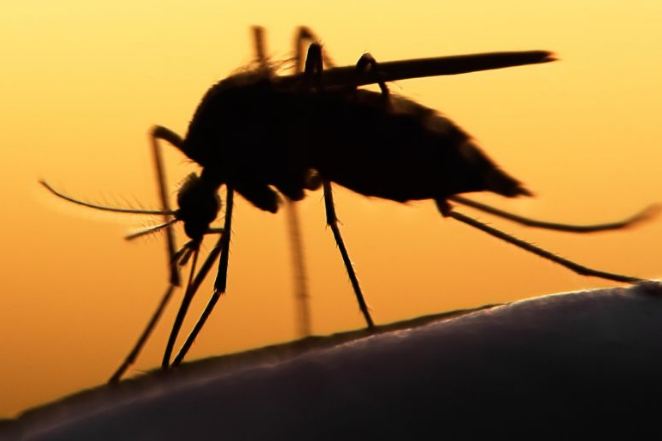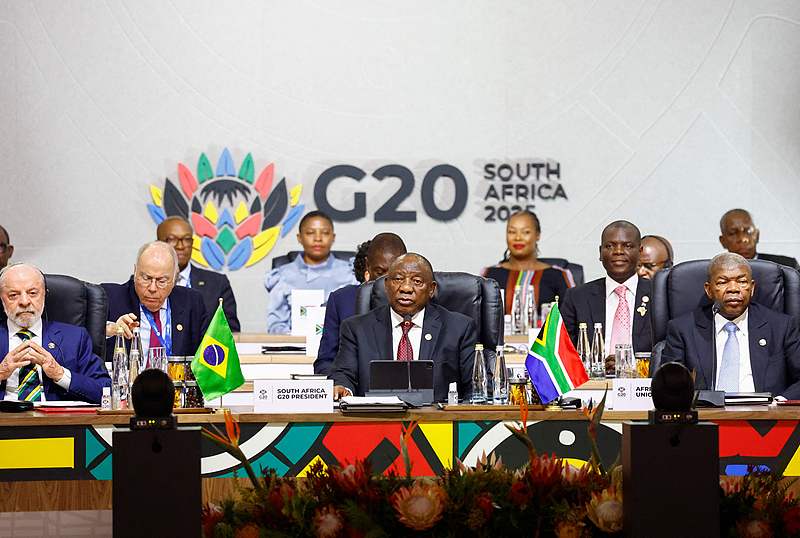
Malaria: The numbers so far
Cases of malaria are reported to be decreasing, a World Health Organisation (WHO) graph set on a downward trend reveals that the effects of the disease has dramatically dropped since 2000 – but with just under half a million deaths in 2015, it is clear that more is needed to be done to fully eliminate it.
Malaria infests many who live in the poor, tropical and sub-tropical regions of the world, and although measures have been taken by governing bodies to reduce the effects of the disease, the life-threatening sickness still finds itself on top of the pile for causes of death and illness.
Africa leading in malaria-related deaths
In 2015, a WHO report found that there were around 212 million cases of malaria worldwide, and an estimate of 429,000 malaria deaths. Nearly half of the world’s population is at risk of malaria, but the continent of Africa makes up a disproportionate amount of the death by malaria statistics, with 92 percent of all malaria deaths happening to people in the continent. Southeast Asia makes up six percent of the total, and the Eastern Mediterranean just two percent.

Children and pregnant women are most susceptible to the disease. In areas of high transmission of malaria, children under the age of five make up over two thirds of all malaria deaths. The year 2015 saw around 303,000 African children die before their fifth birthday.
Pregnant women are at high risk of dying from complications of severe malaria. The disease is a cause of spontaneous abortion, premature delivery, stillbirth, and is responsible for around one third of preventable low-birth-weight babies.
Malaria on a downward trend
With particular measures being taken to educate those in effected areas on how to deal with, and prevent, malaria, the number of cases and deaths from malaria has dramatically fallen. In 2000, an estimate of 839,000 people lost their lives to the disease, but over the years numbers have continued to drop – 2015 marked a 48 percent decrease in malaria deaths from 15 years previous.
As many countries begin to change the way that they deal with malaria, utilising scientific research and other relief equipment to combat the disease, the world has begun to see a significant increase in the number of countries that have moved towards total malaria elimination. Of the 106 countries with ongoing malaria transmission in 2000, 57 achieved reductions in new malaria cases of least 7 percent by 2015. Eighteen countries reduced their malaria cases by 50-75 percent.

With the goal of many national malaria control programmes to reduce the number of malaria-related cases and deaths, recent increases in resources, political will, and commitment has led to the possibility of malaria elimination, and, ultimately, eradication.
Preventing malaria
Many techniques are now being implemented to prevent malaria. Insecticide-treated nets, a form of personal protection that families can use in their home, has shown to dramatically reduce malaria deaths. In African settings, the nets have shown to reduce deaths of children under five years by around 20 percent.
For women who are pregnant, IPTp (Intermittent preventive treatment of malaria in pregnant women) is a curative dose of an effective antimalarial drug that prevents the disease from having any effect. Similarly for infants, IPTi can significantly reduce clinical malaria and anemia in the first year of life, as well as hospital admissions associated with malaria infection or for any cause.

Perhaps one of the most effective strategies for malaria prevention, is the use of indoor residual spraying. By simply coating the walls and other surfaces of a house with a residual insecticide, it will kill mosquitoes and other insects that come into contact with the surfaces. Spraying indoors has helped to prevent the transmission of infection to other people.
It is thought that if people stick to these simple preventative measures, then it will continue to greatly reduce the impact that malaria has on the world’s population. With the backing of government support, and with a strong commitment to eliminating the disease, then the eradication of malaria can be a realistic goal in the future.
Malaria through the years
1820
Quinine is first purified from tree bark. For many years prior, the ground bark had been used to treat malaria.
1880
Charles Louis Alphonse Laveran first identifies the malaria parasite. He is awarded the 1907 Nobel Prize for the discovery.
1898
Sir Ronald Ross demonstrates that mosquitoes transmit malaria. He wins the 1902 Nobel Prize for this work.
1934
Hans Andersag in Germany discovers the Anti-malarial drug Chloroquine, which is not widely used until after World War II.
1939
Paul Hermann Muller in Switzerland tests the insecticide DDT. He wins the Nobel Prize for this work in 1948.
1952
Malaria is eliminated in the United States.
1955
WHO launches Global Malaria Eradication Campaign, which excludes sub-Saharan Africa and is eventually abandoned.
1957
First documented case of resistance to Chloroquine is reported.
1976
William Trager and JB Jensen grow a parasite in culture for the first time, opening the way for drug discovery and vaccine research.
1996
Insecticide-treated bednets are proven to reduce overall childhood mortality by 20 percent in large, multi-country African study.
1998
Roll Back Malaria Partnership (RBM) launched by WHO, UNICEF, UNDP and World Bank with goal of halving malaria incidence and mortality by 2010. WHO adopts home management strategy for malaria whereby trained community volunteers provide antimalarials in remote African communities.
2000
The U.N. General Assembly adopts the Millennium Development Goals, setting a target to halt and begin reversing malaria incidence by 2015.
2001
WHO pre-qualifies first fixed-dose Artemisinin combination therapy (ACT), sold by Novartis as Coartem® and recommends ACT as first-line malaria treatment.
2005
World Health Assembly adopts target of 80 percent worldwide coverage of insecticide nets and ACTs by 2010.
2008
The Global Health Group at UCSF comes forward with the first high-level strategy for the eventual achievement of malaria eradication. This strategy has since been widely adopted. The United Nations adopt April 25 as World Malaria Day, and rectal application of the inexpensive antimalarial drug artesunate is proven to save the lives of young children with severe malaria.
Representatives of nations around the world meet in New York and endorse the Global Malaria Action Plan (GMAP), which lays out a vision for reducing malaria in the short term and eventually eradicating it when new tools become available.
Timeline adapted from World Health Organisation: https://apps.who.int/tdr/news-events/pdf/malaria_timeline.pdf






